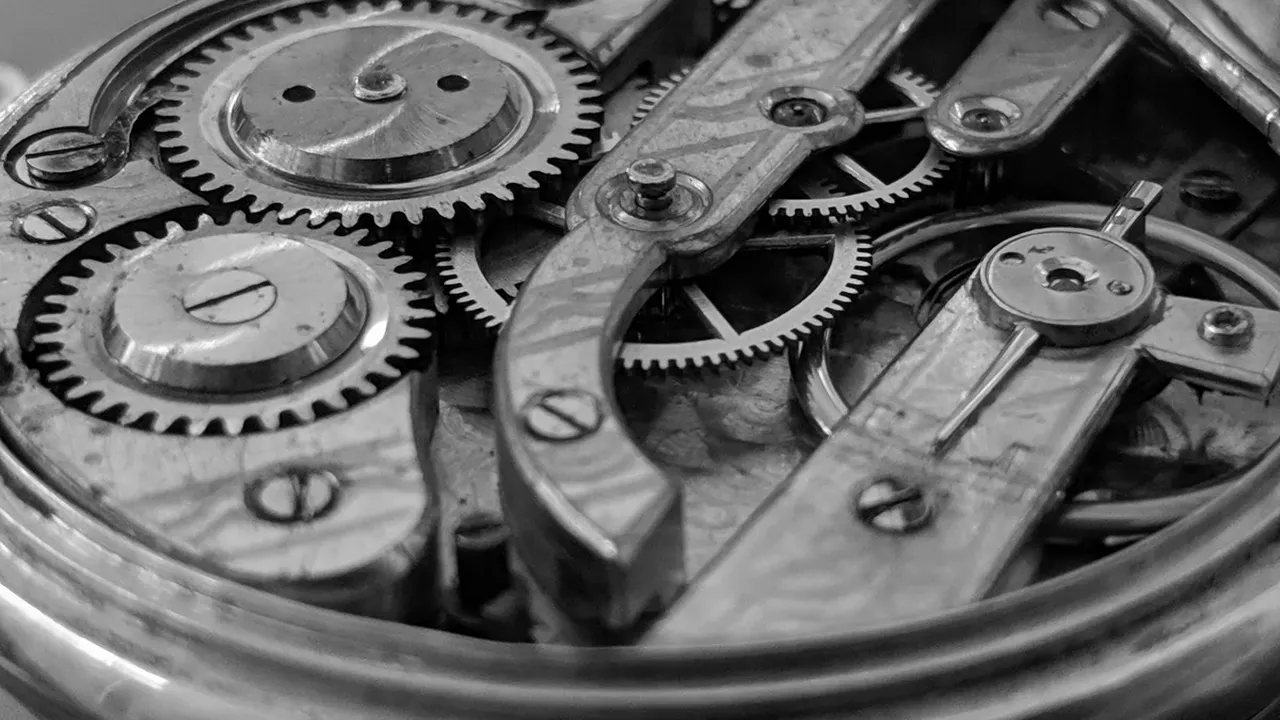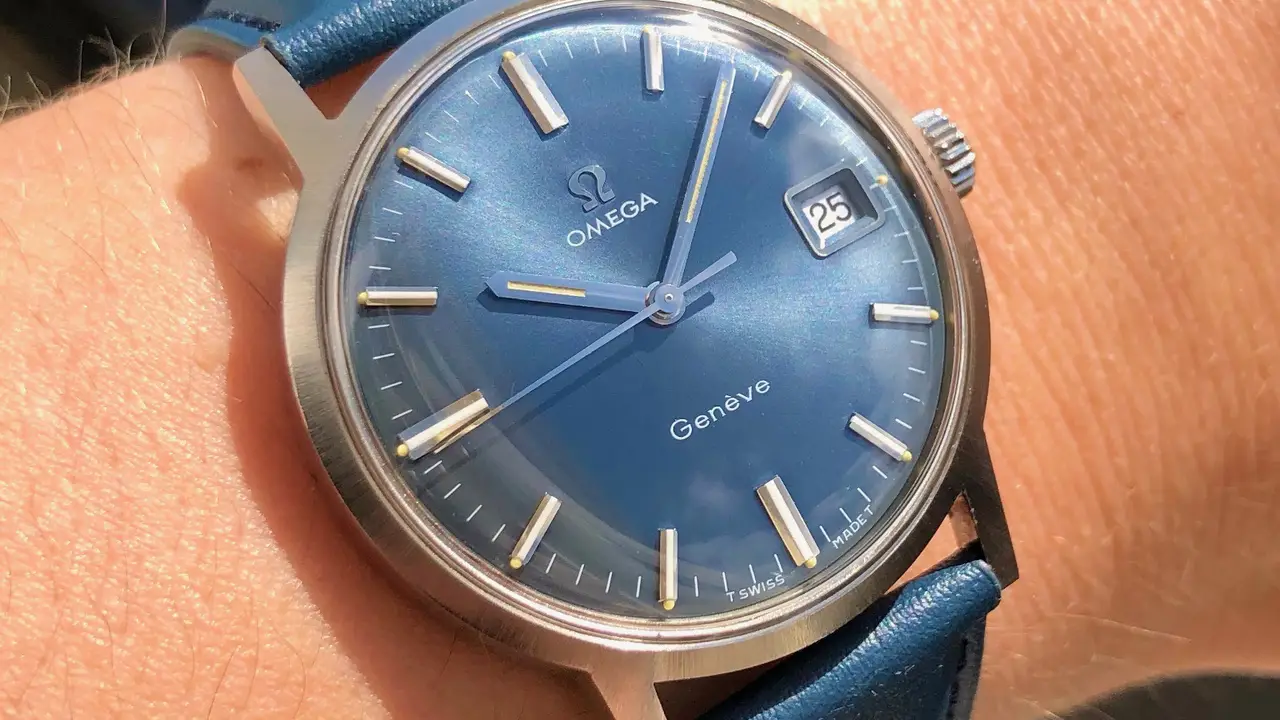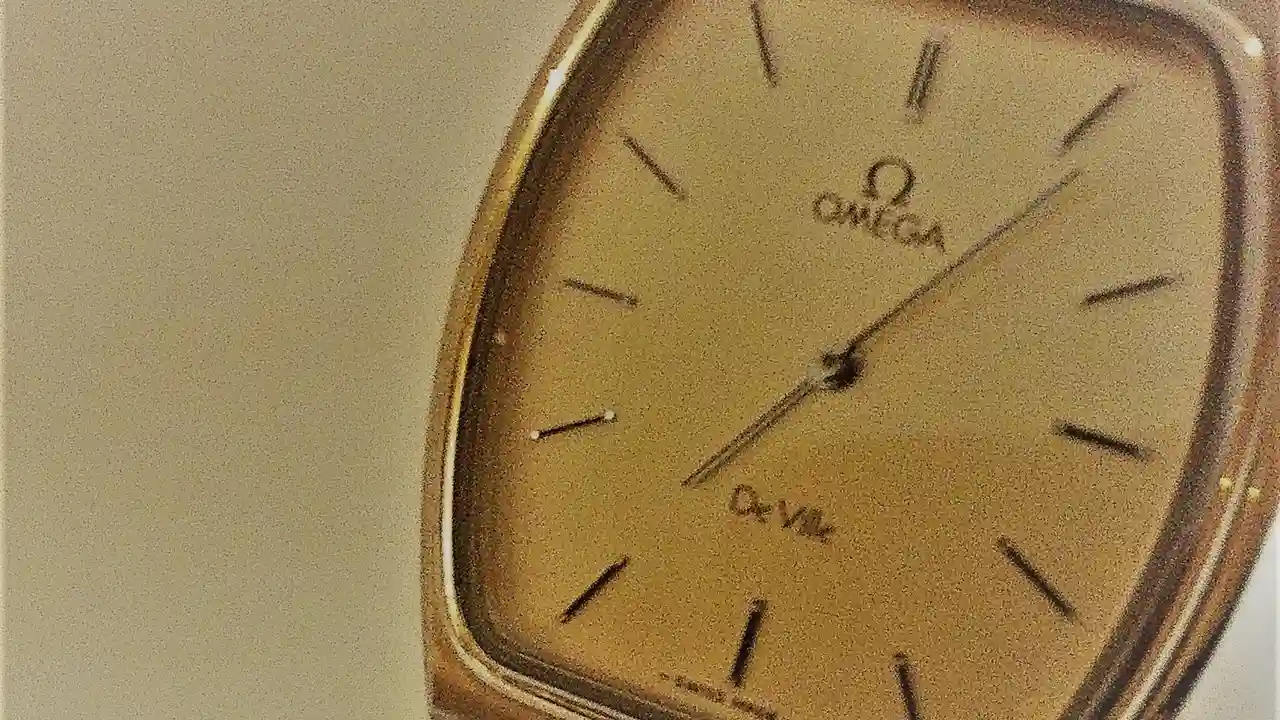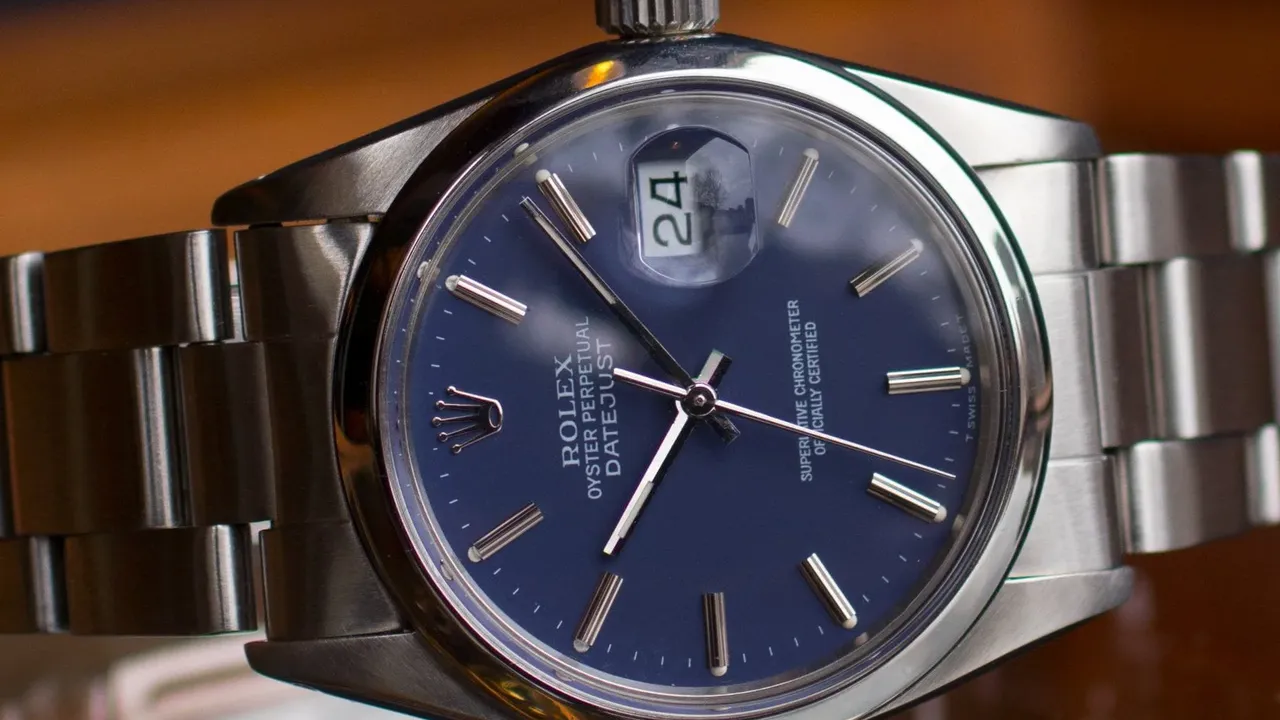5 Common Mistakes to Avoid During Vintage Watch Restoration
Learn about 5 common mistakes to avoid during vintage watch restoration. Protect your investment and ensure a successful restoration process.

Introduction: Why Vintage Watch Restoration is Tricky
So, you've got your hands on a beautiful vintage Rolex or Omega. Awesome! But before you grab your tools and start tinkering, hold on a second. Vintage watch restoration is a delicate dance. One wrong move and you could seriously devalue your timepiece or even damage it beyond repair. This isn't like fixing a modern watch – these old beauties require a different approach. We're talking about preserving history, not just making something shiny again. Let's dive into the common pitfalls and how to dodge them.
Mistake #1: Over-Polishing the Case and Bracelet
Okay, let's talk about polishing. Everyone wants their watch to look pristine, right? But with vintage watches, less is definitely more. Over-polishing is a cardinal sin. Why? Because it removes metal, softens the sharp edges of the case, and can completely erase the original factory finish. Think about it – those sharp lines and defined edges are part of what makes a vintage watch so appealing. Once they're gone, they're gone forever.
The Problem: Rounded edges, distorted case shape, loss of original finish.
The Solution: If you absolutely *must* polish, go to a professional who specializes in vintage watch restoration. They'll know how to use a light touch and preserve the original lines. Better yet, consider leaving the case as is. A few scratches and dings tell a story. They show the watch has lived a life. Embrace the patina!
Product Recommendation: If you're just cleaning, try a gentle microfiber cloth and a watch cleaning solution like the '>Connoisseurs Jewelry Cleaner Cloth Package. It's safe for most metals and won't remove the original finish. Price: Around $10-$15.
Mistake #2: Replacing Original Parts with Modern Replacements
This is a big one. Originality is king in the vintage watch world. Slapping a modern replacement part into a vintage watch is like putting a new engine in a classic car. It might make it run better, but it completely destroys its value and historical significance. Think dials, hands, crowns, even crystals. If the original part is damaged beyond repair, try to find a vintage replacement.
The Problem: Devalued watch, loss of historical accuracy, incorrect aesthetics.
The Solution: Hunt for original or period-correct replacement parts. eBay, watch forums, and specialized vintage watch dealers are your friends. Be patient – it might take time to find the right part. Consider having a skilled watchmaker repair the original part if possible.
Product Recommendation: If you need a replacement crystal, consider a mineral crystal if the original was mineral, or an acrylic crystal for older models. A good option is a generic acrylic watch crystal available from watch part suppliers like '>Esslinger.com. Price: $5 - $20 depending on size and type.
Mistake #3: Ignoring the Dial and Hand Lume
Vintage watch lume (the glowing stuff on the dial and hands) is often radioactive radium or tritium. Messing with it can be dangerous (especially radium!), and it can also ruin the look of the watch. Don't try to relume the dial or hands yourself unless you *really* know what you're doing. Also, be aware that trying to completely remove the patina (the aged look) from the lume is a no-no. That patina is part of the watch's character and history.
The Problem: Exposure to radioactive materials, damaged dial and hands, loss of vintage aesthetic.
The Solution: Leave the lume alone! If it's flaking off, take it to a professional who can stabilize it safely. Don't try to clean it or remove the patina. If you absolutely *must* relume, use a non-radioactive material and try to match the original color and texture as closely as possible.
Product Recommendation: For stabilizing existing lume, consider using a clear lacquer applied sparingly. However, this is best left to professionals. For safe handling of watches with radium lume, consider wearing gloves and working in a well-ventilated area. Gloves like '>SAS Safety 66518 Latex Disposable Gloves are a good choice. Price: $10-$20 per box.
Mistake #4: Using the Wrong Tools and Techniques
Vintage watches are delicate machines. Using the wrong tools or techniques can easily damage the movement, scratch the case, or break the crystal. Don't use pliers to remove a bezel, and don't try to force anything. If you're not sure what you're doing, stop and consult a professional.
The Problem: Scratched case, damaged movement, broken crystal, stripped screws.
The Solution: Invest in quality watchmaking tools. A good set of screwdrivers, a case opener, and a movement holder are essential. Learn the proper techniques before you start working on your watch. There are tons of resources online, including YouTube tutorials and watchmaking forums. Practice on a cheap watch before you tackle your prized vintage Rolex.
Product Recommendation: A good starter set of watch repair tools is the '>ORIA Watch Repair Tool Kit. It contains essential tools for basic repairs. Price: Around $30-$40.
Mistake #5: Neglecting to Research the Specific Model
Every vintage watch is different. A Rolex Submariner requires a different restoration approach than an Omega Constellation. Before you start working on your watch, do your research. Learn about its specific model, its history, and its original specifications. This will help you avoid making mistakes and ensure that you're preserving the watch's value and authenticity.
The Problem: Incorrect restoration, loss of value, damaged watch.
The Solution: Consult reference books, online forums, and vintage watch experts. Learn about the watch's original dial, hands, bezel, and movement. Understand its history and its place in the watch world. The more you know, the better equipped you'll be to restore it properly.
Product Recommendation: For Rolex, consider books like 'Vintage Rolex: The Collectible Submariner' by Davide Parmegiani. For Omega, look for books on specific models like the Speedmaster or Constellation. Also, check out online resources like the '>Omega Forums. Price: Varies depending on the book, but expect to pay $50-$100 for a good reference book.
Final Thoughts (Kind Of)
Restoring a vintage watch can be a rewarding experience. But it's also a challenging one. By avoiding these common mistakes, you can protect your investment and ensure that your vintage timepiece continues to tell time (and tell its story) for generations to come. Remember to be patient, do your research, and don't be afraid to ask for help. Good luck!
:max_bytes(150000):strip_icc()/277019-baked-pork-chops-with-cream-of-mushroom-soup-DDMFS-beauty-4x3-BG-7505-5762b731cf30447d9cbbbbbf387beafa.jpg)






